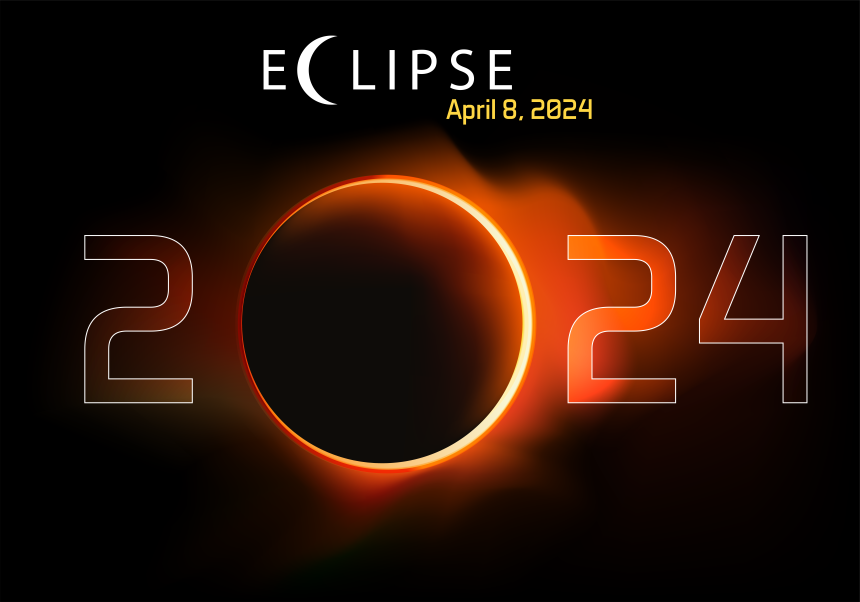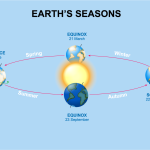A total solar eclipse, a spellbinding celestial phenomenon, draws gazes worldwide, unveiling the intricate ballet of the sun, moon, and Earth. This event occurs when the moon glides between our planet and the sun, cloaking the latter entirely and casting a terrestrial shadow. Beyond its scientific intrigue, a total solar eclipse is a moment of sheer beauty and astonishment, capturing the imaginations of all who witness it.
Anticipating the Next Total Solar Eclipse
Total solar eclipses are rare spectacles, with their occurrences and visible locations varying widely. The next eagerly awaited eclipse is slated for April 8, 2024, promising an awe-inspiring view across North America. This path will stretch from Mexico, across the United States, reaching into Canada, offering those within the path of totality an extraordinary experience as the moon completely obscures the sun, briefly transforming day into an ethereal night.
Essential Do’s for Eclipse Observers
- Prioritize Eye Safety: The paramount to eclipse observation is eye protection. Gazing directly at the sun sans appropriate safeguards can inflict severe ocular harm. Eclipse glasses or solar viewers adhering to the ISO 12312-2 international safety standard are crucial for safely witnessing the eclipse’s phases surrounding totality.
- Strategic Location Selection: For an immersive total eclipse experience, station yourself squarely in the path of totality. This slender corridor is where the lunar shadow fully envelops the sun. Venturing even slightly beyond this zone relegates you to a mere partial eclipse observer.
- Weather Contingencies: Ascertain the weather outlook for your chosen viewing locale and plan accordingly. Ideal conditions entail clear skies, yet it’s prudent to have an alternate plan in the event of cloud cover.
- Photographic Ventures: The total solar eclipse presents a unique photographic canvas. Should you venture into eclipse photography, ensure your equipment is fortified with an appropriate solar filter to avert damage.
Crucial Don’ts During the Eclipse
- Avoid Unprotected Solar Viewing: The sole juncture safe for unshielded solar observation is during the fleeting totality phase. Outside this brief window, eclipse glasses are indispensable for safe viewing.
- Steer Clear of Ordinary Sunglasses: Conventional sunglasses, despite UV protection, fall short of providing adequate safeguarding for eclipse viewing. They cannot substitute for certified eclipse viewing apparatus.
- Embrace the Moment: While the allure of capturing the phenomenon is strong, allow yourself to fully absorb the experience. The totality phase’s transient nature warrants undivided attention and appreciation.
- Safety First: If your viewing plans involve public spaces or travel, heed safety and local directives. Stay vigilant, particularly in crowded venues.
Wrapping Up
A total solar eclipse stands as a remarkable occurrence, proffering a unique spectacle for those within the totality’s embrace. Heeding the outlined do’s and don’ts ensures a safe and enriching viewing experience, safeguarding your vision while maximizing this rare celestial event’s enjoyment. Whether a seasoned astronomer or a casual sky gazer, witnessing a total solar eclipse is an indelible experience, a testament to the universe’s grandeur and mystery.








